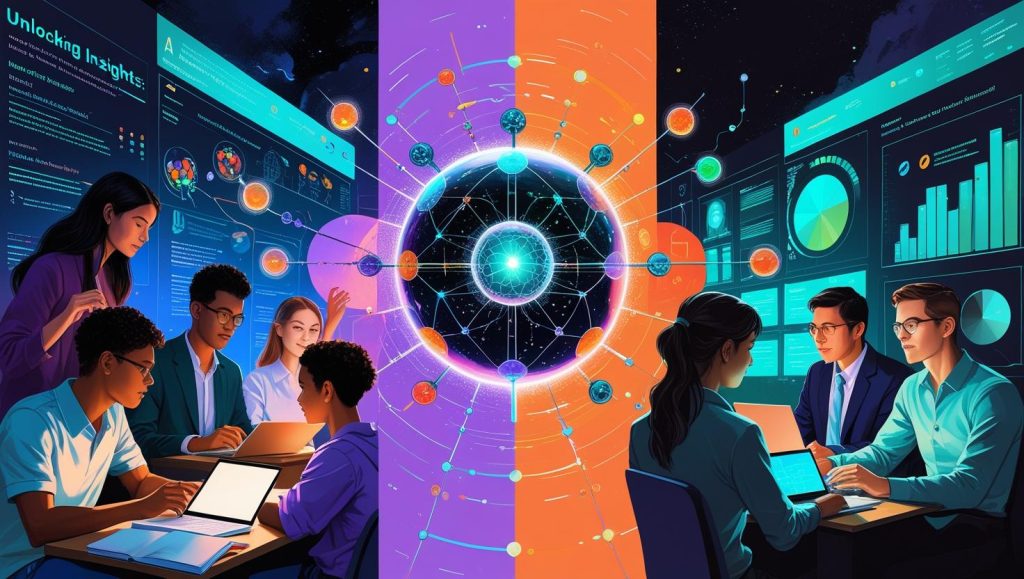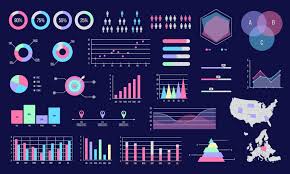
Unlocking Insights: How AI Deep Research is Revolutionizing Education and Business
What Is “AI Deep Research”?
AI deep research is the next evolution of knowledge discovery. Unlike simple keyword searches or one-click summaries, it combines multi-step reasoning, retrieval from diverse data sources, and citation grounding to deliver insights that are both fast and reliable.
Think of it as having a research assistant that not only scans the web but also explores academic papers, private databases, and industry reports—then synthesizes findings with citations and context you can trust.
How It Differs from Simple Search or Summarization
- Traditional search gives you links.
- Summarization tools provide condensed text.
But AI deep research bridges both—analyzing data, verifying sources, and generating structured, evidence-based answers. That’s why it’s far more valuable for education and business decision-making.
Core Components
- Multi-step reasoning: breaking complex queries into smaller steps.
- Tool use: connecting to APIs, web sources, and private databases.
- Citation grounding: every claim is backed by trusted sources.
- Agent orchestration: multiple AI “agents” working together for accuracy.
Why It Matters Now
The Signal vs. Noise Problem
We live in an age of information overload. Data has exploded, but decision-makers don’t need more information—they need better insights. Traditional research is slow, and simple AI summaries often lack depth or accuracy.
Outcomes of AI Deep Research
- Speed: near real-time literature scans and market insights.
- Quality: source-grounded answers with citations.
- Scale: continuous 24/7 monitoring without human burnout.
How AI Deep Research Works (Plain English)
The Pipeline
- Define the question.
- Gather reliable sources.
- Extract and verify key insights.
- Synthesize findings into clear outputs.
- Cite references transparently.
Key Technologies
- Large Language Models (LLMs) like GPT, Claude, or Gemini.
- Retrieval-Augmented Generation (RAG) for pulling in trusted sources.
- Vector databases for semantic search.
- Knowledge graphs to connect concepts.
- Evaluation loops to check accuracy and factual grounding.
Guardrails in Place
- Source tracking for transparency.
- Confidence scores to assess reliability.
- Human-in-the-loop reviews for critical decisions.
Education Use Cases
- Faster Literature Reviews: Students and faculty save weeks by generating structured reviews with citations.
- Curriculum & Assessment Design: AI aligns materials with standards and generates rubrics.
- Student Support: Personalized study guides, simplified concept maps, and reading-level adaptations.
- Institutional Research & Accreditation: Policy benchmarking and accreditation tracking simplified.
Business Use Cases
- Market & Competitor Intelligence: AI scans pricing, positioning, and market trends, summarized in dashboards.
- Voice of Customer Mining: Surveys, reviews, and social data analyzed for sentiment themes.
- Product Strategy Research: Identifying feature gaps from tickets, forums, and feedback.
- Compliance & Risk: Contract clauses, regulations, and policies automatically tracked.
Case Snapshots
- University Lab: 70% faster literature reviews with over 95% citation accuracy after human QA.
- B2B SaaS Company: Automated monthly research briefs, saving 30 hours per product manager.
Tooling Landscape
- All-in-One Research Agents: Enterprise copilots designed for research.
- Build-Your-Own Stack: LLM (GPT/Claude/Gemini) + Vector DB + LangChain/LlamaIndex + evaluation tools.
Selection Checklist
- Strong data security
- Audit trails
- Easy integrations
- Scalable pricing
- Export & support options
Implementation Guide
- Define decision questions & success metrics.
- Map sources (APIs, PDFs, data lakes).
- Set up retrieval (chunking, embeddings, metadata).
- Design prompts/agents for task decomposition.
- Run evaluation loops for accuracy.
- Establish governance (privacy & approval workflows).
- Train teams and roll out playbooks.
Measuring ROI
- Leading Indicators: time to first draft, reviewer edits, citation coverage.
- Lagging Indicators: business decisions influenced, campaign results, cost per insight.
- Dashboard Fields: tasks automated, hours saved, accuracy thresholds met.
Risks & How to Mitigate Them
- Hallucinations & Bias → Use grounded retrieval + diverse corpora.
- Data Privacy/IP Risks → Private cloud storage, strict access controls.
- Over-Automation → Keep human checkpoints for high-stakes decisions.
Future Trends to Watch
- Multimodal deep research (PDFs, tables, videos, charts).
- Agentic teams of AI working in sync.
- Real-time connectors for continuous research updates.
Getting Started Today
- For educators: Pilot a literature review assistant in one department.
- For businesses: Launch a 2-week competitive intelligence sprint with KPIs.
👉 Curious about what’s next? Read: The End of Search, The Beginning of AI-Powered Research: A New Era Unfolds.
Stay connected with us on HERE AND NOW AI & on:

